"The Guardians of Our Inner Fortress"
This is what I call them - "The white blood cells". The microscopic heroes of our immune system who help fight against diseases, infections and foreign invaders. With their origin and production in the bone marrow, these microscopic heroes travel through our bloodstream to watching out and destroying threats to a healthy life. With many more to discuss of the WBCs, I participate in this week of the steemit engagement challenge titled Hematology, organised by @dexsyluz.
Here are answers to the given home work after reading the entire class
White Blood Cells (WBCs) also known as Leukocytes are colourless cells in the body that plays a vital role in safeguarding the immune system. They are different from the red blood cells and the platelets. The protect and defend the body diseases and infections. They can also be called the "White Series" who are majorly the pillar of the body's blood count.
Reference to Essential Biology Text Book, for senior secondary schools, by MC Michael, there are various characteristics, functions, types and range/count per microliter.
Characteristics:
- Colourless (Absence of hemoglobin)
- Irregular shapes and sizes
- Ability to move and change shape(amoeboid movement)
- Produced in bone marrow
- Circulates in the bloodstream and lymphatic system.
Functions:
- They recognise and react to pathogens (i.e viruses, fungi and bacteria)
- Activate immune responses(cell-mediated immunity, inflammation)
- Creation of antibodies to neutralise pathogens
- Destroys foreign particles and intruders (phagocytosis)
Types:
- Neutrophils: First responders to invasion and defense against fungi and bacteria.
- Monocytes: Travels to the tissues, mature into macrophages, engulfing foreign particles.
- Basophils: Responsible for dealing with allergic responses and inflammation.
- Eosinophils: Fighters parasites and contribute to reactions from allergies/allergic reaction
- Lymphocytes (B cells, T cells): Confirm the presence and destruction of infected cells and external substances.
B cells:- Produces antibodies
T cells:- Cell Mediated Immunity
The whites series are very essential for maintaining the human immune system, homeostasis and defence against infections. The normal range of white blood cells per microliter of blood in the body is from 4,000 - 11,000. If there's a decrease or increase in the normal count of WBCs in the body, it will experience leukopenia, leukocytosis or eosinopenia. Source
Below Is a simple diagram of the white series
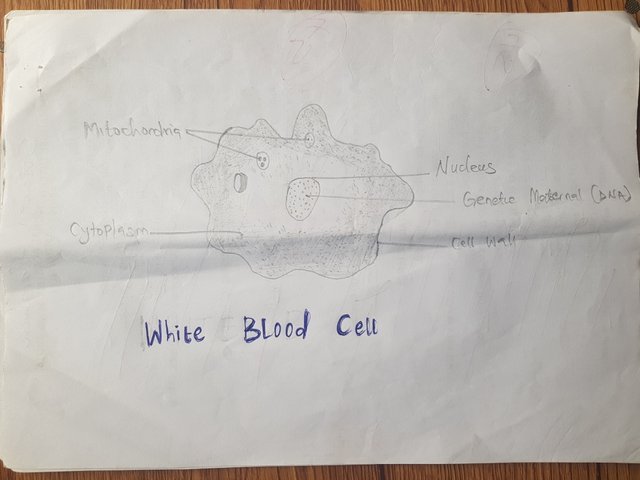 diagram by me
diagram by me
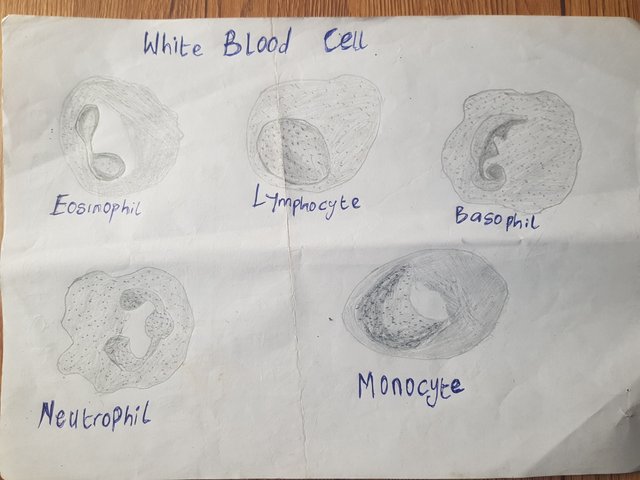 Diagram by me
Diagram by me
Neutrophilia and Neutropenia are two blood-health conditions that related to Neutrophils, a types of the white series mentioned above.
Neutrophilia
Neutrophilia is an increase in Neutrophil count in the blood (> 7,000 - 8,000 cells per microlitre). Some causes of Neutrophilia are:
- Bacterial infections (e.g., meningitis, pneumonia)
- Inflammation (such as vasculitis, arthritis)
- Stress(e.g,.after surgery, trauma)
- Smoking
- Medications (eg., corticosteroids)
Neutropenia
Neutropenia is a situation where there is a decrease in the Neutrophil count in the blood (<1,500 - 2,000 cells per microlitre). Possible causes of neutropenia includes;
- Chemotherapy
- Radiation Therapy
- Viral infection (e.g., Hepatitis, HIV)
- Autoimmune disordes(e.g., Lupus)
- Medications (e.g., anticonvulsant, antibiotics)
- Bone marrow disorders (e.g., leukemia).
KEY DIFFERENCES AND SIMILARITIES.
| Neutrophilia | Neutropenia |
|---|---|
| Neutrophilia involves high neutrophil count often implying inflammations and infections. | Neutropenia involves low count of neutrophil, increasing the risk of vulnerability to infections |
| Symptoms: Fever, Fatigue, Swollen lymph nodes and increase rate of infectious diseases | Symptoms: Recurrent infections, Weakness, Fatigue, Fever and mouth sores |
| Diagnosis can be made through Complete Blood Count (CBC), Blood smear and Differential Blood Count | Diagnosis can be done through: Complete Blood Count (CBC), Blood smear and Differential Blood Count. |
Treatment of these blood related problems depends on the underlying causes which can be any of the ones mentioned above. Other considered factors may include; Growth Factors (e.g., G-CSF) and Antiviral Medications.
This is a case of a 25 year old female patient named Sandra. She hasn't been feeling too well for the past Few days and recently noticed the following symptoms:
- Recurring fever (102°F)
- Fatigue
- Skin rash on her arms and legs
- Swollen lymph nodes on the neck and armpits
She took the bold and best step of going to a medical facility to run a lab test to know what exactly is wrong. Here are the lab results
- Complete Blood Count (CBC): White Blood Cells (WBC): 80,000 cells per microlitre with the normal range of 4,000 - 11,000 per microlitre.
- Neutrophil count : 60,000 cells per microlitre (normal range: 2,000 - 7,000)
- Lymphocytes count: 15,000 cells per microlitre (normal range 1,000 - 4,000)
- Blood smear: Immature neutrophils (Neutrophilic leukocytosis with left shift).
Diagnosis: Acute bacterial infection (pneumonia) with Neutrophilia.
Sandra's increased WBC count, particularly neutrophils, indicates a bacterial infection. The left shift on the blood smear proposes an emergency reaction from the bone marrow to produce more Neutrophils.
The following treatment were immediately recommended and administered:
- Antibiotics
- Oxygen therapy
- Fluid replacement and
- Proper monitoring for further complications.
The outcome of the treatment was positive because Sandra's symptoms resolved with 6-9 days. A follow Complete Blood Count was made and a normalised WBC count was recorded.
This case demonstrates:
- Neutrophilia as a response to bacterial infection
- Importance of having the CBC and Blood Smear diagnosis done.
- How effective treatment with antibiotics and supportive care is.
And In all, the White Series are very important in the body.
Note: The Above Case Is. A Work Of Imagination And Fiction, Together With Assistance From A Relative Who's a Medical Doctor.
Thanks for reading
I invite @bossj23, @alli001 and @blessingogah-1 to participate in this challenge.
Cc,
@dexsyluz
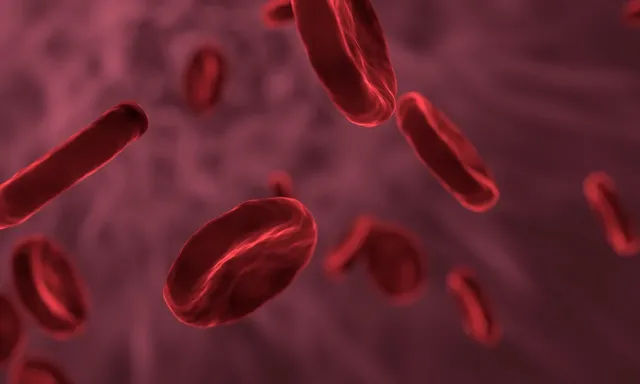
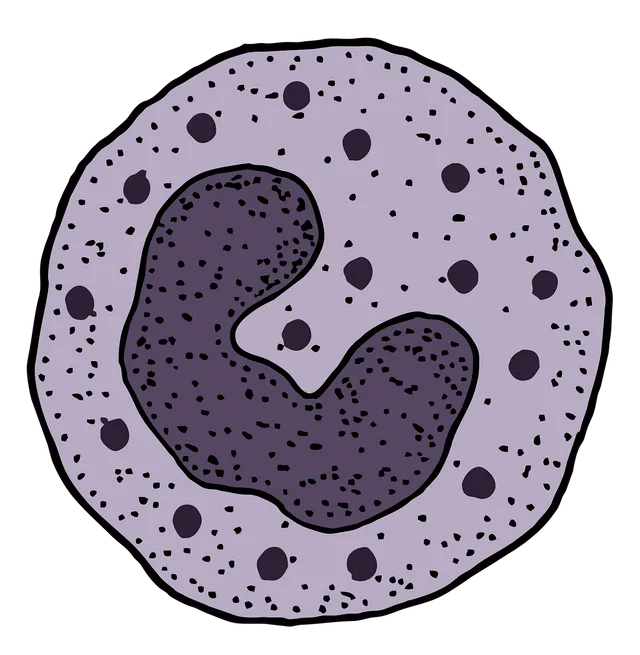
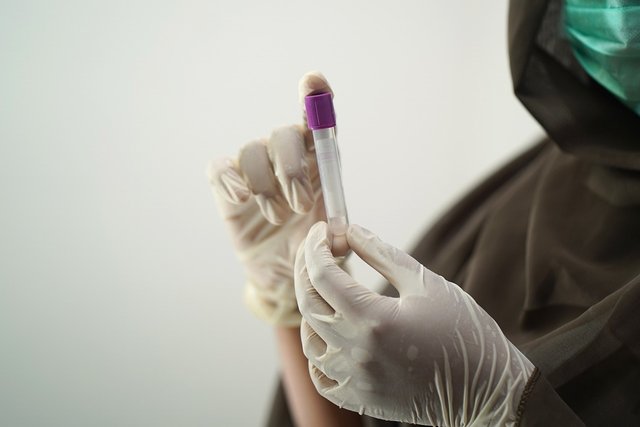
This in-depth analysis of white blood cells redefined the importance of our body's immune system. Awesome. Good luck for the contest.
Downvoting a post can decrease pending rewards and make it less visible. Common reasons:
Submit
Thank you very much friend for stopping by
Downvoting a post can decrease pending rewards and make it less visible. Common reasons:
Submit
Twitter X share
https://x.com/Princemanu3l/status/1846217323830468851?t=4VGA_GCey9bOKflhobpSzg&s=19
Downvoting a post can decrease pending rewards and make it less visible. Common reasons:
Submit